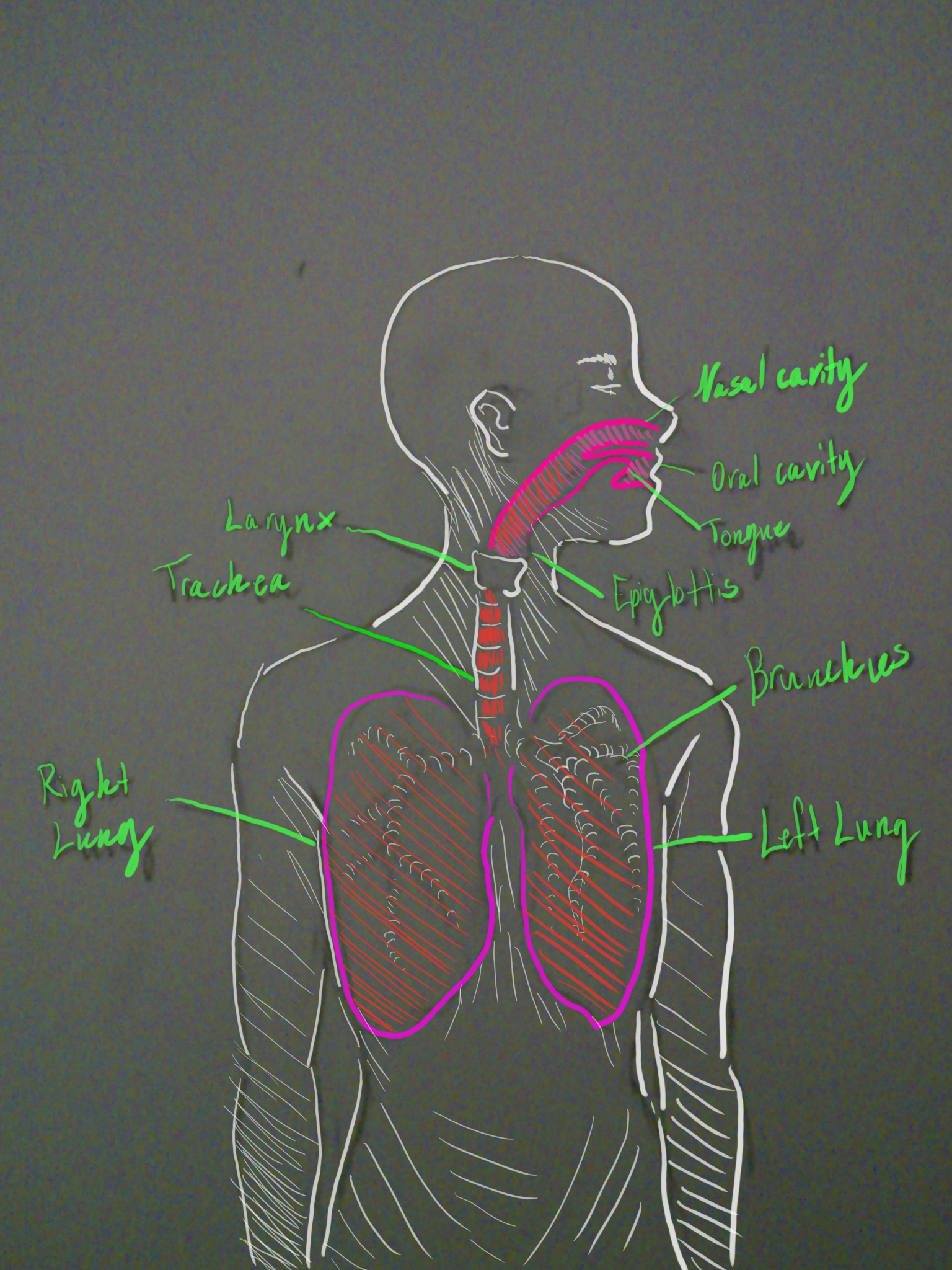Everyone probably knows someone who has asthma. The CDC estimates “About 1 in 12 people (about 25 million) have asthma, and the numbers are increasing every year.” (paragraph 1). Due to asthma being common, it is easy to overlook information about such a topic, which is why this paper will go over topics such as side effects of asthma, common causes of asthma, and the medication used to control it.
An important question to ask before continuing is what is asthma? According to the Mayo Clinic “Asthma is a condition in which your airways narrow and swell and may produce extra mucus. This can make breathing difficult and trigger coughing, a whistling sound (wheezing) when you breathe out and shortness of breath.” (Paragraph 1). Asthma and its severity can vary from person to person. Some people might only experience asthma when doing physical activities or having an allergic reaction. Other people may even be more susceptible to asthma attacks due to the weather; for example places with cold dry air (like Fairbanks) could cause a flare up of asthma.
Now it’s important to know the risk factors of asthma. According to the American lung association “The most common factors for developing asthma are having a parent with asthma, having a severe respiratory infection as a child, having an allergic condition, or being exposed to certain chemical irritants or industrial dust in the workplace.” (paragraph 1). Some other risk factors would be smoking and obesity. It is well recorded that smoking damages the lungs which causes narrowing of airways. It’s no secret that obesity also could be a cause of asthma. Excess fat can put pressure on the lungs and cause inflammation.
As of right now there are no treatments for asthma, only medication that suppresses symptoms. Most of the medication is taken through an inhaler which has side effects such as dizziness, sore throat, runny nose, palpitations, faster heart rate. Ways to avoid symptoms of asthma would be to live in a climate that isn’t too dry, stay away from allergens and smoking. It’s best to avoid getting sick with a virus. One good way to increase lung capacity is exercise.



Wow, I had no idea there were so many individuals suffering from asthma. There are a lot of people that have breathing problems in the world. Your diagram is nice. It is vivid and simple to read. The key asthma-related anatomy is emphasized. I’m curious if the epiglottis is related to asthma and how it might play a role. I appreciate that you discussed several causes of asthma. I barely understood what it meant to have asthma induced by physical activity. My doctors gave me an inhaler prescription for albuterol. I appreciate you providing facts on what asthma actually is in a way that is simple to understand.
The airways in your lungs get constricted, swollen, and fill with mucus. This is what causes difficulty breathing and coughing. From this difficulty breathing, a person might wheeze and have shortness of breath.
I did not know that asthma was hereditary. That is a good thing to know. I only developed asthma after having Covid. I wonder if I was already predisposed to asthma before I had the virus. We know that smoking harms the lungs, but I hope there will be more research in the near future about the effects vaping has on your lungs.
Inhalers are the most common form of medication for asthma. It only reduces the symptoms, but there is no cure. Overuse of the medication can cause serious complications. Some affect the heart. It doesn’t seem like there is much you can do to avoid symptoms of asthma. If I already have physical activity-induced asthma, does physical exercise still help increase lung capacity? Fairbanks is a very dry climate. I wonder if we have a higher number of people with asthma that climates with more humidity.
Thank you for educating me about asthma with your wonderful project.